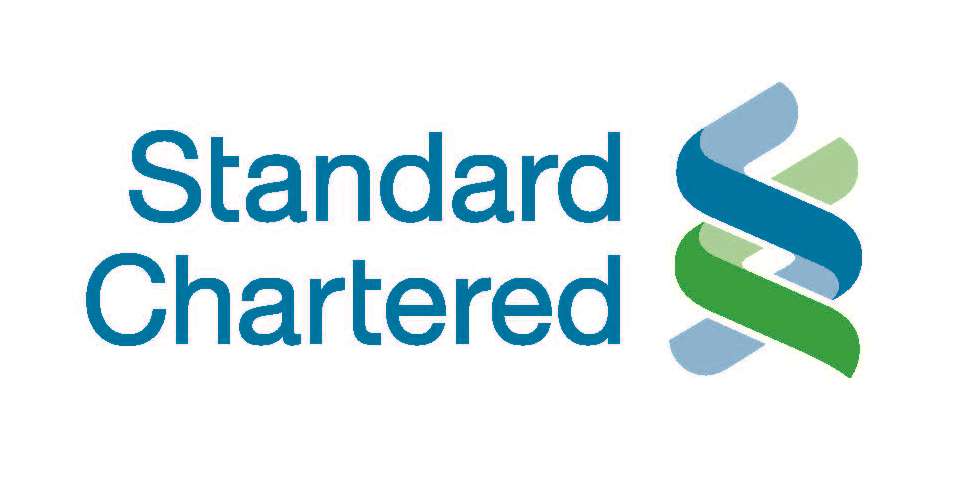 The Belt and Road Initiative (BRI) undoubtedly offers tremendous opportunities for countries along each of the corridors and for the countless organisation who will play a part in its progress. Yet the project also faces a number of issues that will be critical to the eventual success of the initiative, not least the challenge of social acceptance.
The Belt and Road Initiative (BRI) undoubtedly offers tremendous opportunities for countries along each of the corridors and for the countless organisation who will play a part in its progress. Yet the project also faces a number of issues that will be critical to the eventual success of the initiative, not least the challenge of social acceptance.
For design and engineering firms such as Arup, it is easy to look at BRI as a series of large-scale infrastructure projects. In reality though, it is a multi-faceted development whose core principles cover everything from policy coordination and trade freedoms to financial integration and globalization.
Ultimately, infrastructure is – always and everywhere – political. There are always strategic interests involved and there can be losers as well as winners. So even when the number of winners far outstrips the losers and there is a compelling case to build, we must always do our best for those who don’t see a critical new rail link, for example, but rather, the loss of land that has been farmed by a community for generations.
That is why Arup has signed up to the UN’s Sustainable Development Goals to try and ensure that all the work we do matches our mission to shape a better world.
Good infrastructure is fundamental to improving people’s lives – creating jobs, supporting trade, providing affordable energy and clean water, as well as reducing poverty. So we must drive home the crucial point that investing in infrastructure can and should be win-win, not a zero sum game.
We have to reinforce the critical truth that trade, growth, job creation and poverty reduction all rely on a virtuous circle that relies on efficient, resilient networks that link people, goods and services between and within countries, regions and cities.
In doing so, we must ensure we are building the right infrastructure for the right reasons. We must ensure that we do not focus on capex costs at the expense of lifetime costs. And we must ensure that major schemes are sustainable socially, environmentally as well as economically, to avoid storing up serious political risks for the future.
The good news is that there is no shortage of skills and expertise available to ensure that the BRI is planned and built to the standards of planning, design, resilience and economic sustainability that will get the job done in the right way.
President Xi Jinping has said that China wants a sustainable Belt & Road and it is critical that we follow this ambition. Truly resilient projects that deliver for the economy, for the environment, and for the people are the key to making the Belt & Road Initiative a success.








